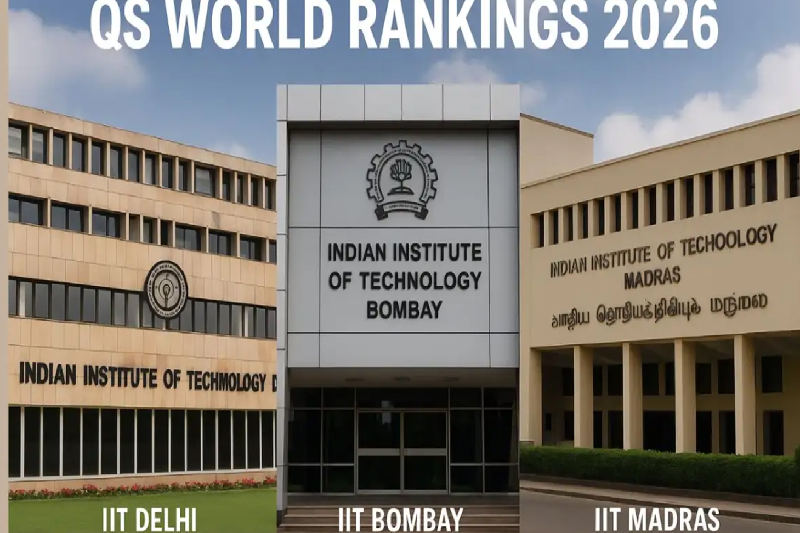
Pennsylvania’s Budget Stalemate Pushes Schools to the Brink: Cuts, Freezes, and Costly Loans Threaten Education Stability
Budget Impasse Deepens Financial Crisis for Schools
Public schools across Pennsylvania are facing an escalating crisis as the state’s budget impasse enters its fourth month, leaving critical education funds frozen and forcing administrators to make painful financial decisions.
From urban centers like Scranton to small rural towns such as Schuylkill Haven, districts are freezing recruitment, cutting after-school programs, delaying maintenance, and even borrowing millions to keep classrooms open. The deadlock has disproportionately hurt poorer districts, which rely heavily on state funds for day-to-day operations.
The ongoing stalemate has tied up billions of dollars earmarked for K-12 education, creating a funding bottleneck that threatens the continuity of public education across the state.
Unequal Burden on Poorer Districts
The Greater Johnstown School District exemplifies how this financial gridlock amplifies existing inequalities. The district, already struggling with limited local tax revenue, depends on state contributions for more than half of its annual budget.
In its current fiscal year, Johnstown had projected $45.6 million in total revenue, of which $25.9 million was expected from the state. But with those funds now frozen, the district is left in financial limbo.
Superintendent Amy Arcurio described the situation as a stark contrast between wealthier and poorer communities:
“This impasse is kinder and gentler in communities that are not like mine,” she told WESA.
Wealthier districts can raise local taxes to compensate for state delays, but districts like Johnstown lack that flexibility.
Last year, Pennsylvania’s Commonwealth Court ruled that the state’s education funding system violated constitutional guarantees of fairness, directing lawmakers to create a more equitable formula. Though a new funding model was drafted to channel more money to under-resourced schools, those very funds are now inaccessible due to the impasse — widening the gap between rich and poor districts once again.
Immediate Consequences: Cuts, Freezes, and Borrowing
With no relief in sight, Johnstown has implemented a hiring freeze, cancelled after-school tutoring programs, and even scrapped student college trips. Earlier this month, the district took out a $10 million loan to ensure that teacher salaries and operational costs could be covered through the school year.
However, the loan’s interest payments will inevitably force further cuts — likely to mental health and counselling services, according to Arcurio.
“I am really fearful for what next year is going to be like. Is this setting the stage for a new norm for public education?” she asked.
Statewide Fallout: Districts in Survival Mode
The crisis is not isolated to Johnstown. Superintendents across Pennsylvania — from Scranton to Franklin and Norristown — are echoing similar concerns.
At least six school districts have frozen recruitment, delayed payments to charter schools, or postponed infrastructure improvements, according to Spotlight PA.
In Scranton School District, where more than 80% of students come from economically disadvantaged backgrounds, administrators have cut tutoring programs, halted professional development, and suspended overtime.
Superintendent Erin Keating explained that the district is now focusing solely on payroll and essential operations:
“We have to be so fiscally conservative right now to ensure that we can make it through payroll and benefits,” she said, noting that the district plans to take out a short-term loan early next year to stay afloat.
Districts Adopting Austerity Measures
Other districts are taking similar steps:
- Norristown Area School District has paused hiring and halted purchases of instructional materials.
- Franklin Area School District has scaled back behavioural health partnerships and early childhood programs.
- Schuylkill Haven School District has frozen all non-essential spending, including routine maintenance and teacher replacements.
These widespread austerity measures are stripping schools of vital programs that support academic growth, emotional wellbeing, and teacher effectiveness — creating long-term damage that may take years to repair.
The Rural Dilemma: Holding On with Reserves
Even districts with relatively stable tax bases are beginning to feel the strain. The Keystone Central School District, which spans several rural counties, has managed to sustain operations through local revenue and savings so far.
However, Superintendent Frank Redmon warned that this is not sustainable:
“We’ll soon need to either dip into reserves or take out a loan,” he said. “Each choice comes at a cost — whether it’s lost investment income or mounting interest payments.”
Rural districts face a particularly difficult challenge. With fewer local funding options and higher per-student costs, even short-term borrowing can drain already limited resources.
Political Stalemate Under Governor Josh Shapiro
The current budget impasse is the longest in Pennsylvania under Governor Josh Shapiro’s administration. Unlike previous delays that were resolved before the start of the academic year, this deadlock has extended well into the term, creating uncertainty for thousands of schools statewide.
Legislators remain divided on spending priorities, and as negotiations stall, education remains collateral damage.
Education Advocates Sound the Alarm
Education leaders warn that the crisis is no longer just about money — it’s about morality and equity.
“Schools are nearing a tipping point,” said Sherri Smith, Executive Director of the Pennsylvania Association of School Administrators.
She joined dozens of superintendents in an October briefing urging lawmakers to act swiftly. The longer the impasse continues, the more deeply it erodes educational quality and equality, she said.
For now, schools are surviving on loans, cutbacks, and uncertainty — strategies that may sustain operations temporarily but compromise educational outcomes in the long term.
The Cost of Delay: Beyond Dollars
The financial strain of Pennsylvania’s budget gridlock extends far beyond unpaid bills. Every cancelled program, unfilled teaching position, or deferred maintenance project represents a lost opportunity for students.
Experts warn that prolonged financial instability could widen achievement gaps, exacerbate teacher burnout, and undermine mental health support systems already stretched thin.
For many administrators, the crisis feels like a grim rehearsal for a future where funding shortfalls become the norm — and education quality depends increasingly on geography and local wealth.
Conclusion: A Call for Action and Accountability
Pennsylvania’s budget impasse has laid bare the vulnerabilities of its public education system. As districts juggle loans, layoffs, and austerity measures, one thing is clear — the cost of legislative inaction is being borne by students.
Unless lawmakers break the stalemate and release funds soon, schools may enter the next academic year under even greater strain, setting back years of progress in equity and educational reform.
For now, educators, administrators, and parents across Pennsylvania are united in one urgent plea — fund our schools, before it’s too late.


